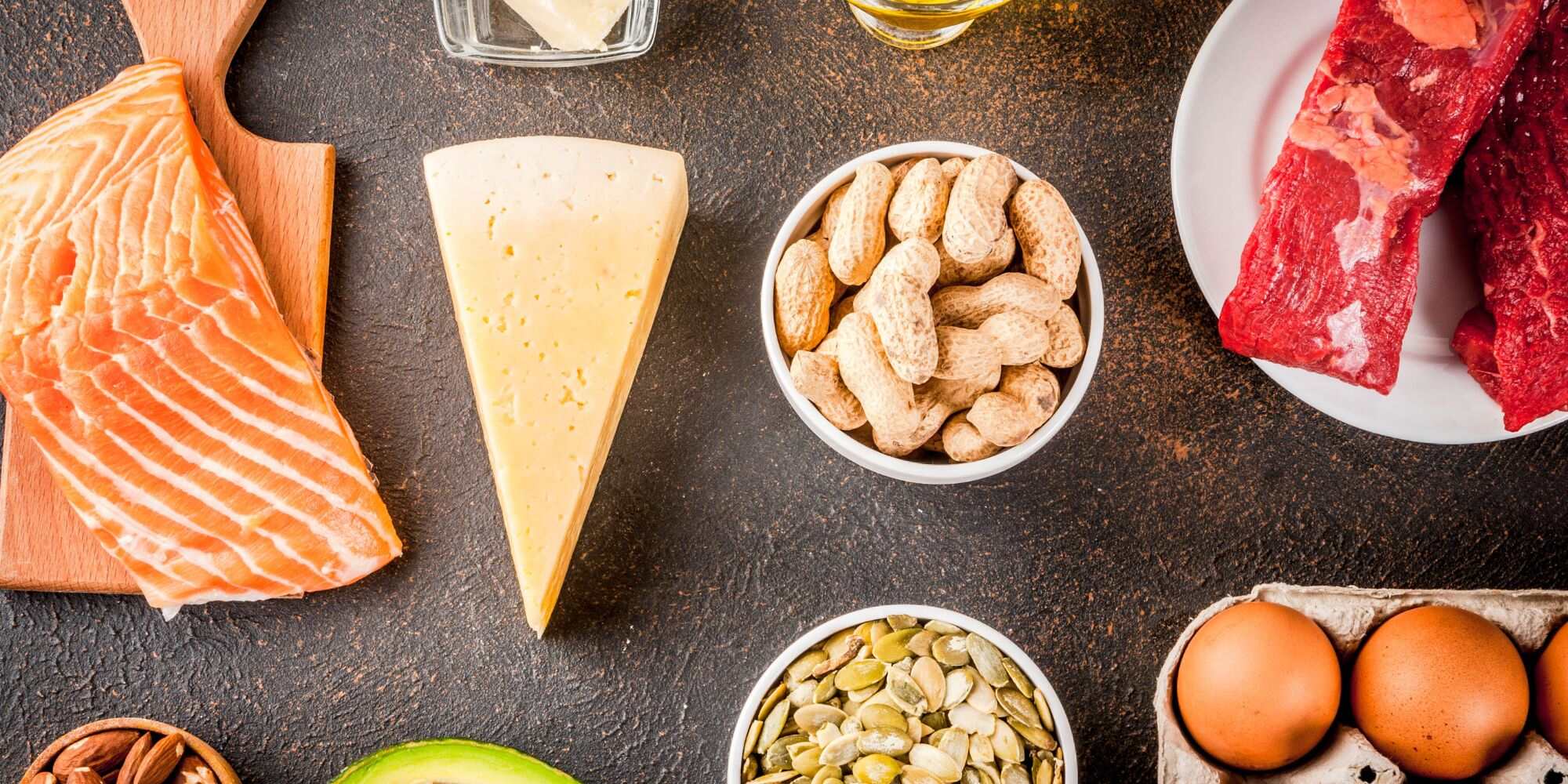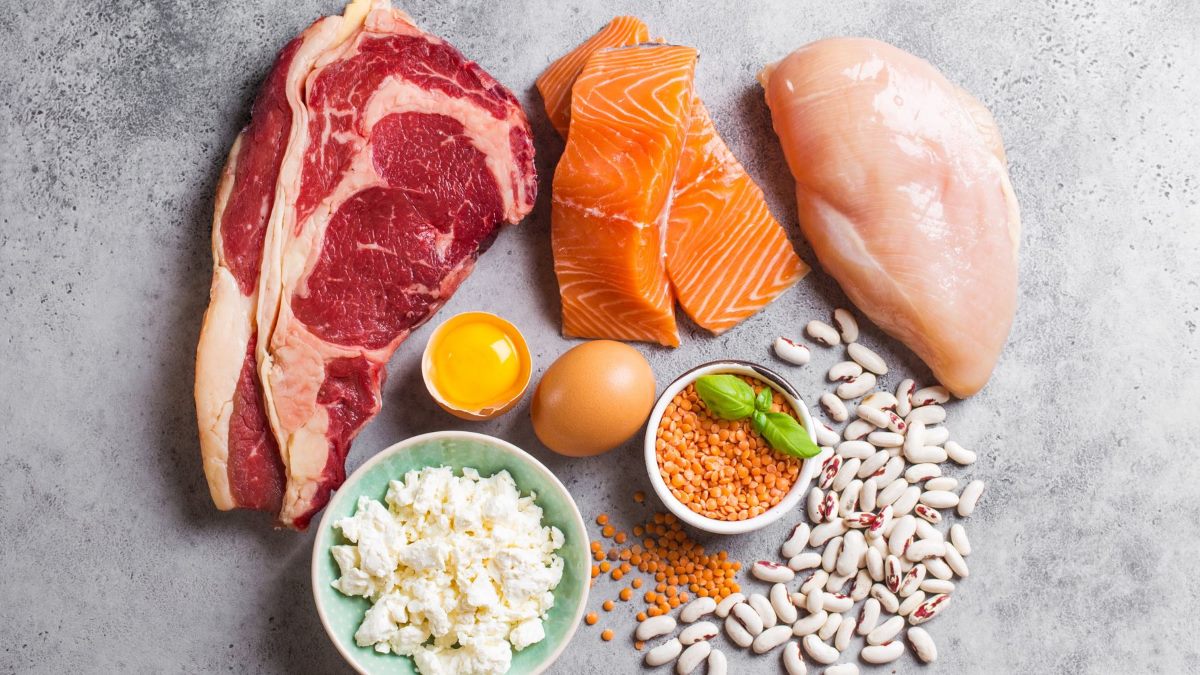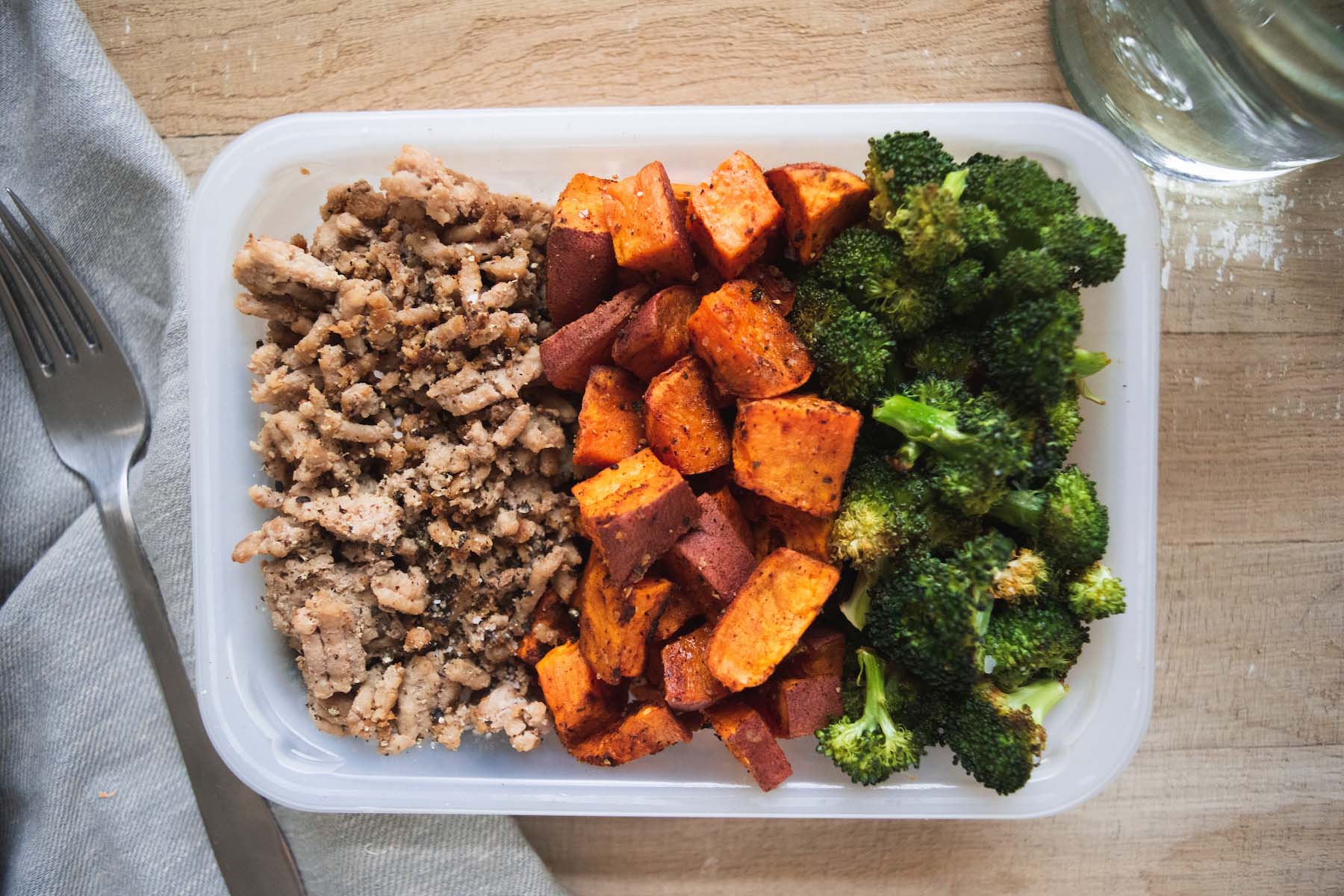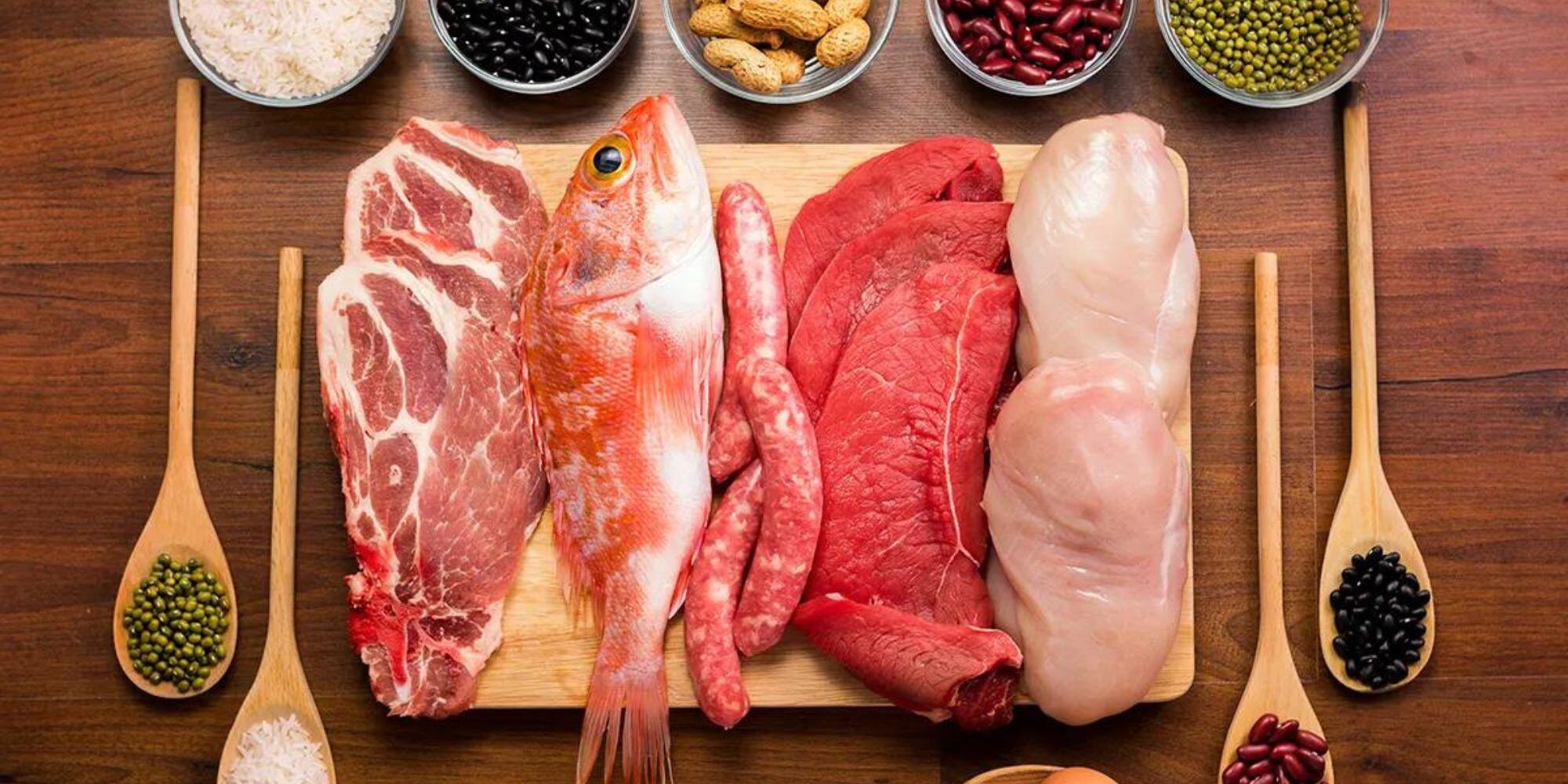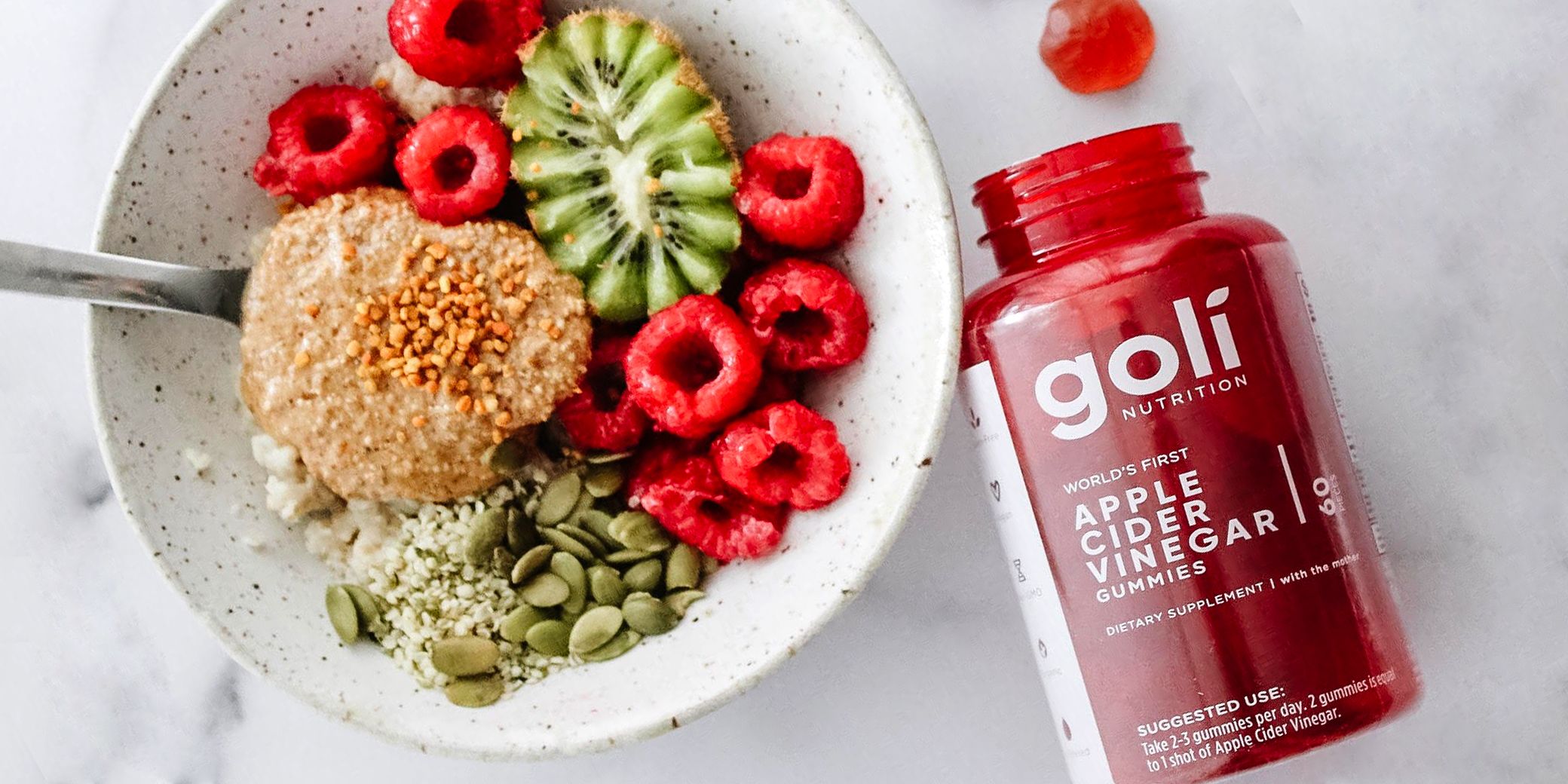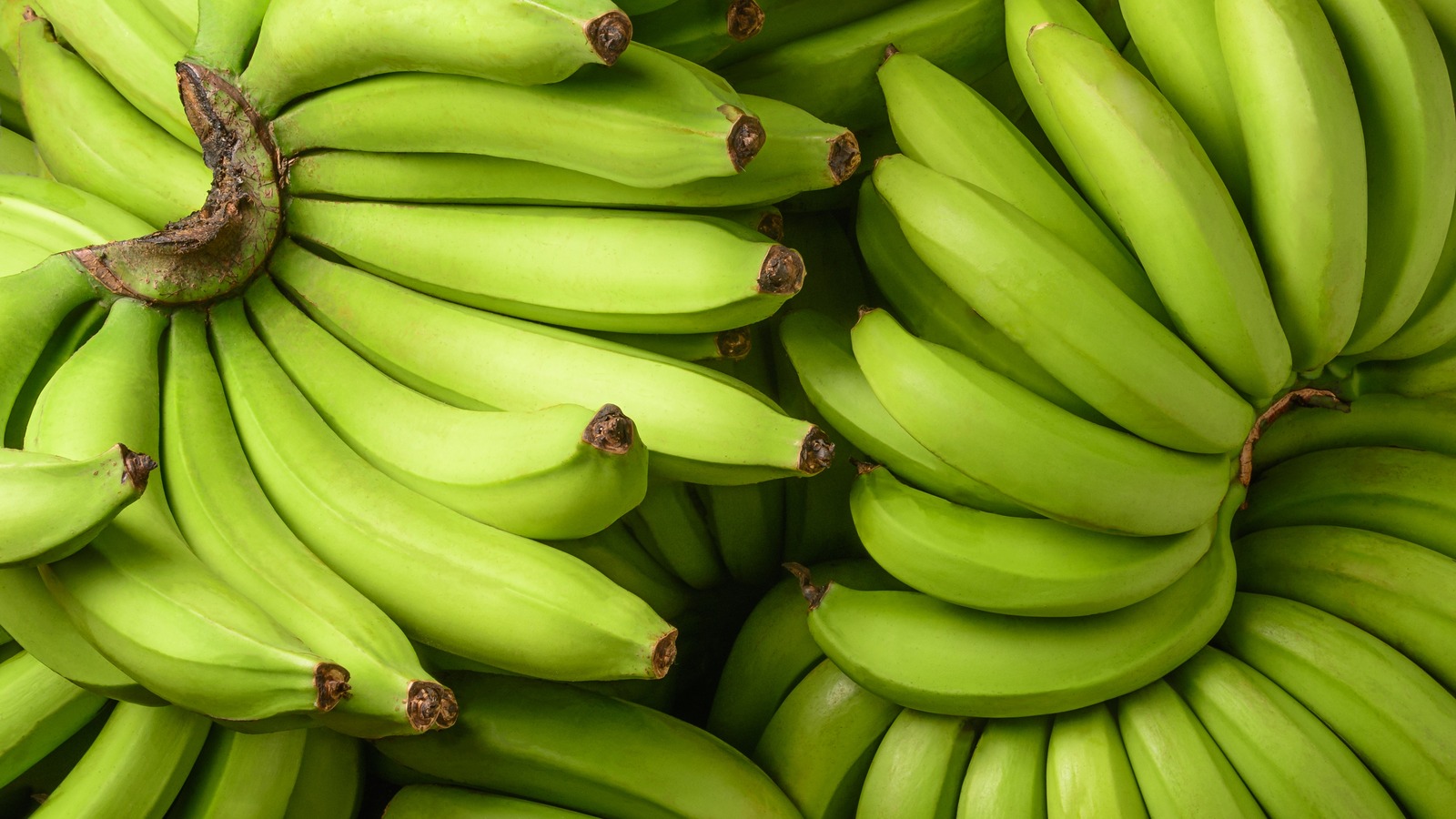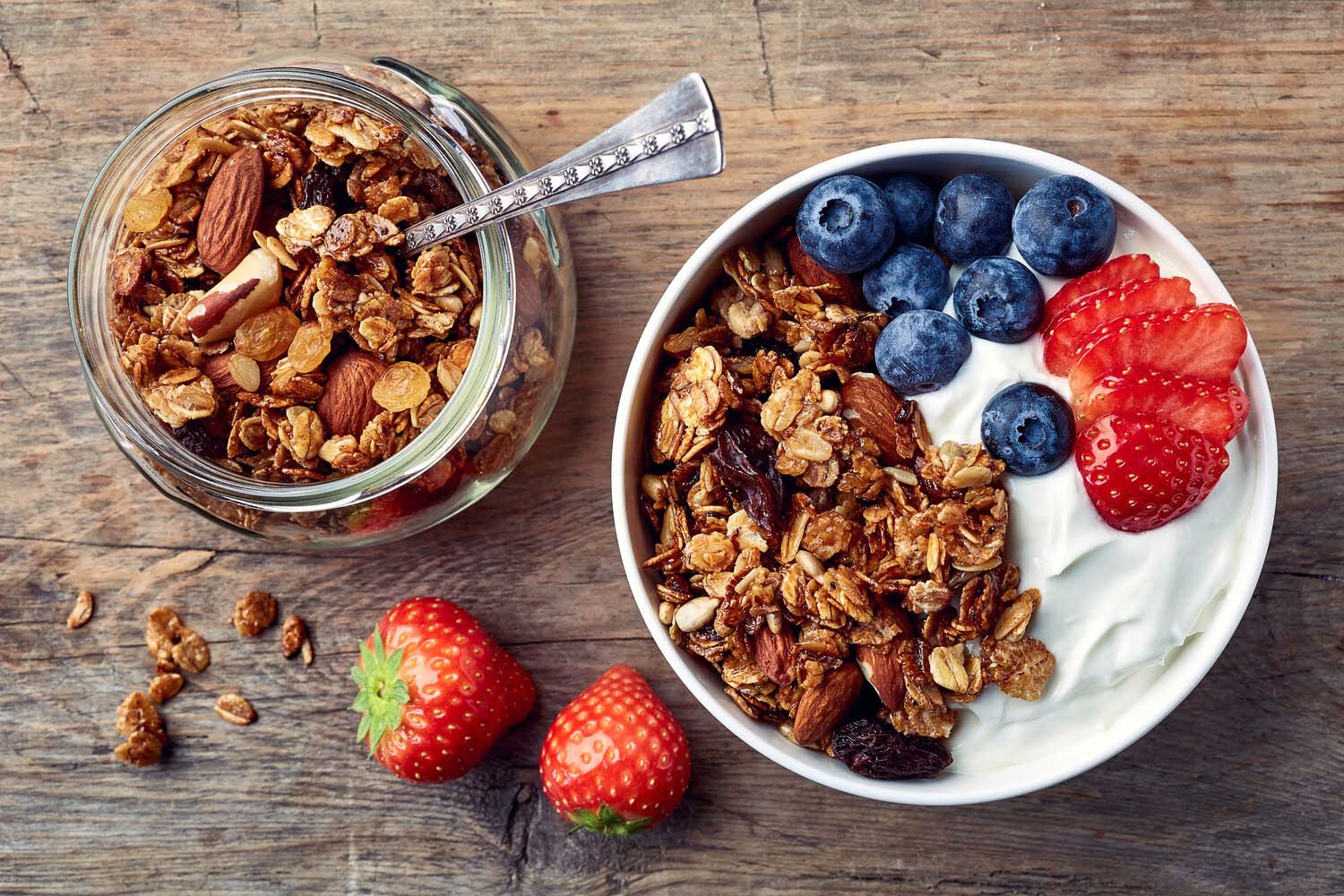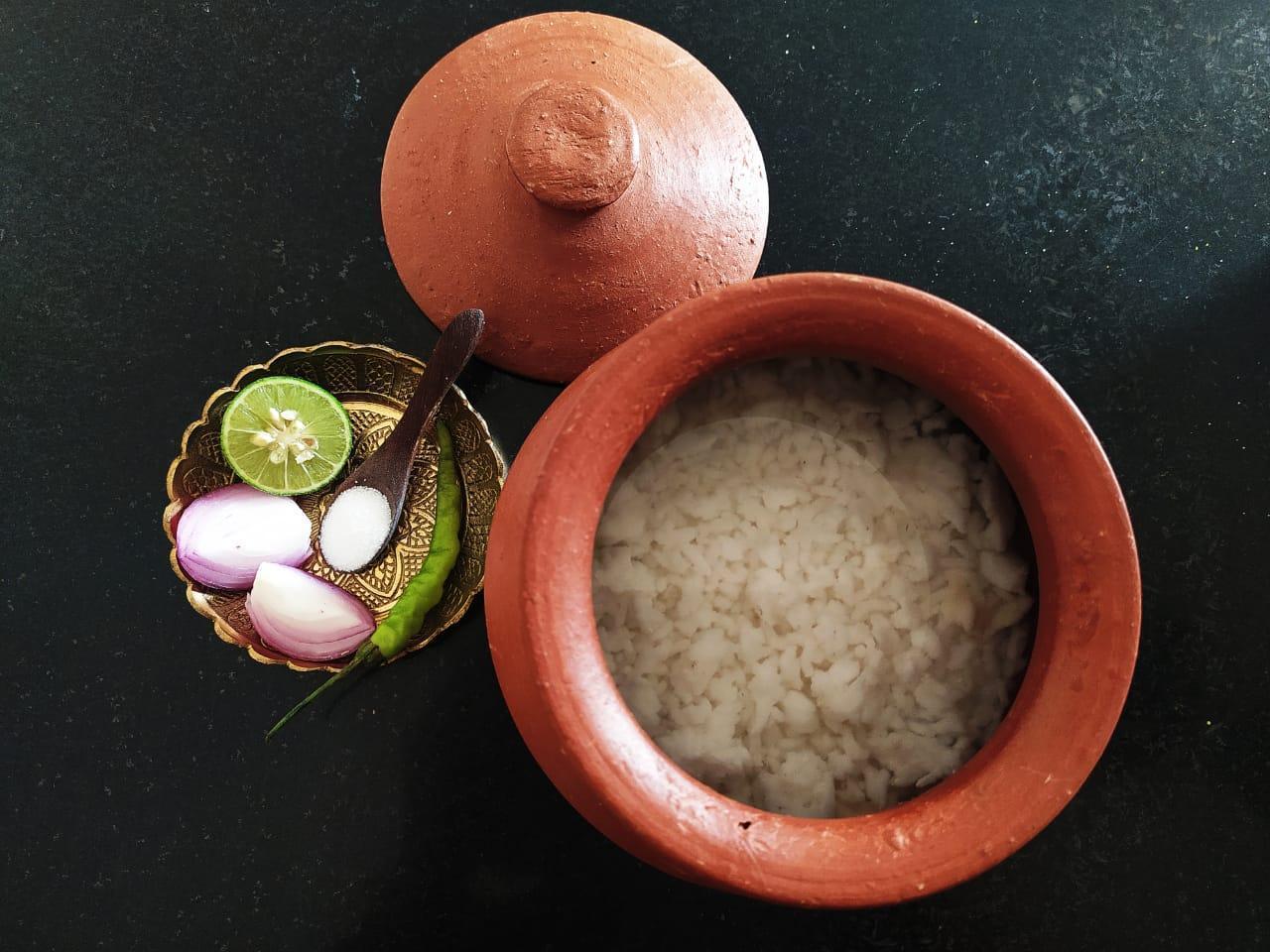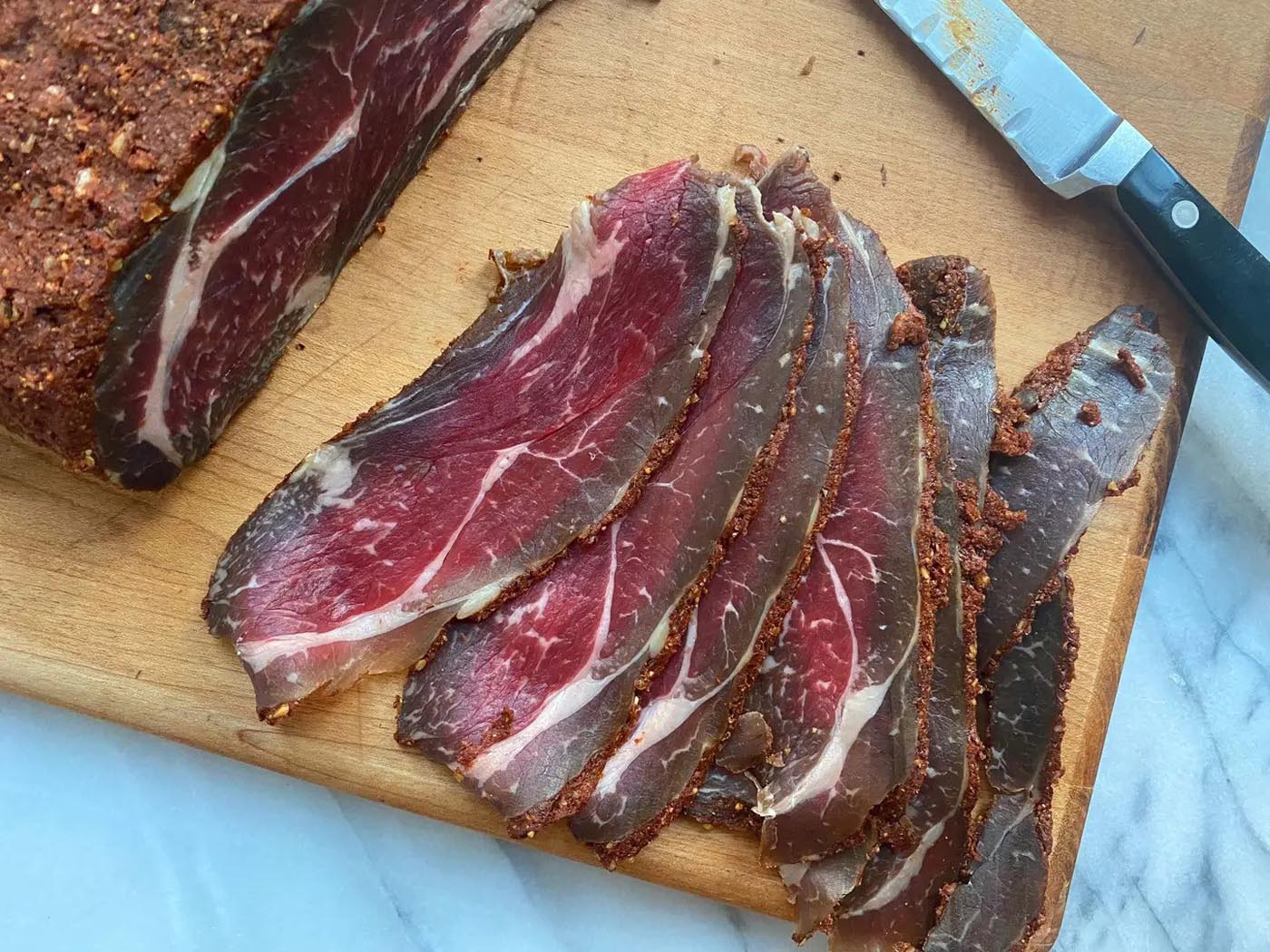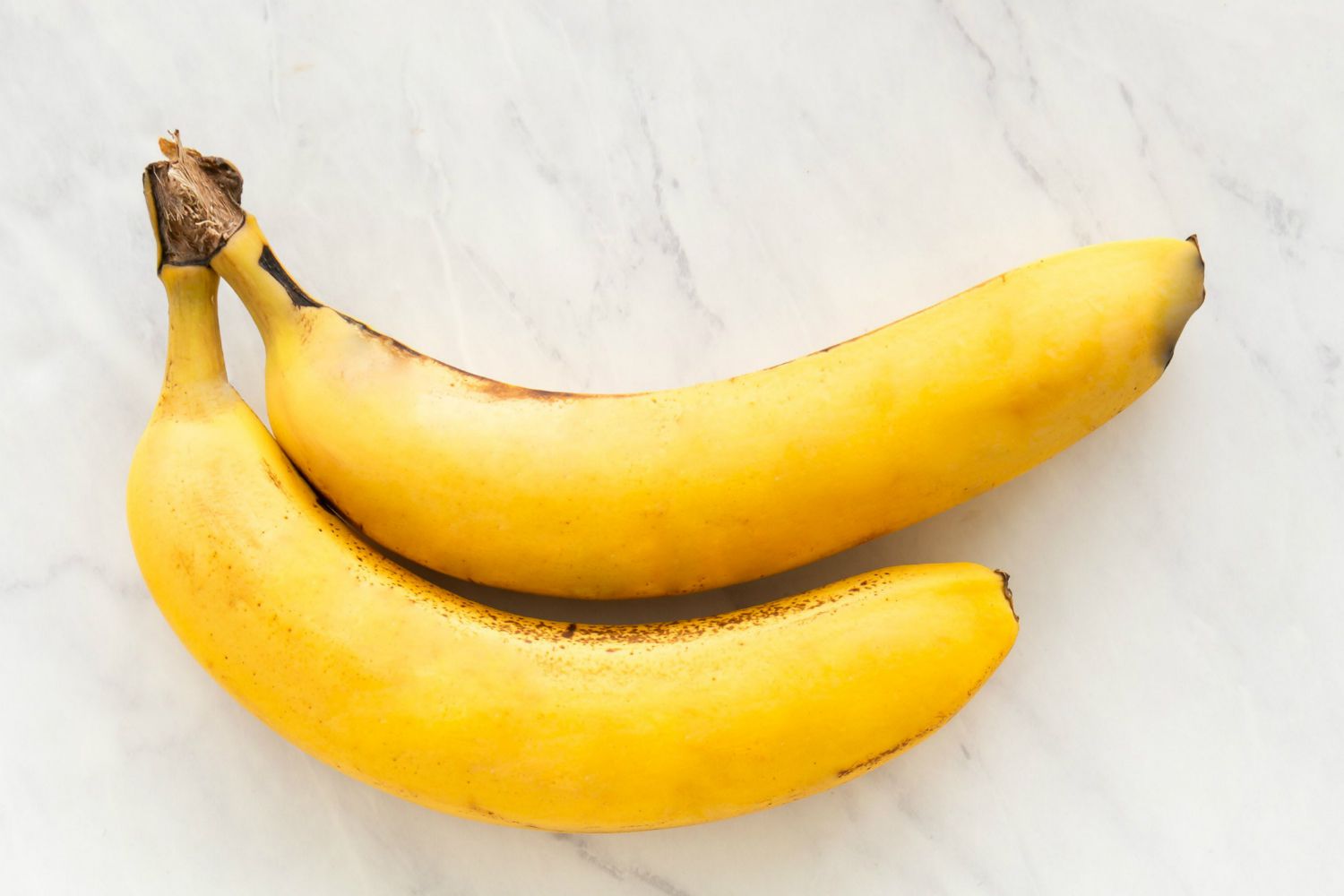How to Easily Consume 160 Grams of Protein Every Day
Getting enough protein in your diet is essential for maintaining a healthy body and supporting muscle growth. If you’re aiming to consume 160 grams of protein a day, it may seem like a daunting task, but with the right approach, it can be achievable and even enjoyable. Here are some simple and effective tips to help you reach your protein goals without feeling overwhelmed.
Include Protein-Rich Foods in Every Meal
One of the easiest ways to increase your protein intake is to make sure that every meal contains a good source of protein. This could include:
- Lean meats such as chicken, turkey, and beef
- Fish and seafood
- Eggs
- Dairy products like Greek yogurt, cottage cheese, and milk
- Plant-based sources such as tofu, tempeh, and legumes
By incorporating these foods into your meals, you can gradually increase your protein consumption without drastically changing your eating habits.
Snack on Protein-Packed Foods
Snacking on protein-rich foods throughout the day can also help you meet your protein target. Some convenient and tasty options include:
- Protein bars or protein shakes
- Hard-boiled eggs
- Nuts and seeds
- Cottage cheese with fruit
- Greek yogurt with honey or berries
These snacks not only provide a protein boost but also keep you feeling full and satisfied between meals.
Plan and Prepare Your Meals in Advance
Meal prepping can be a game-changer when it comes to reaching your protein goals. By planning and preparing your meals in advance, you can ensure that you have protein-rich options readily available, reducing the temptation to opt for less nutritious choices when hunger strikes.
Consider cooking large batches of protein sources like grilled chicken, roasted turkey, or baked fish at the beginning of the week. Portion them out into containers along with some veggies and complex carbohydrates for balanced meals that are easy to grab when you’re on the go.
Supplement with Protein Shakes
If you find it challenging to consume enough protein through whole foods alone, incorporating protein shakes into your daily routine can be a convenient solution. There are various types of protein powders available, including whey, casein, and plant-based options, allowing you to choose the one that best fits your preferences and dietary restrictions.
Having a protein shake as a post-workout snack or a quick meal replacement can contribute a significant amount of protein to your daily intake without requiring much time or effort.
Be Mindful of Portion Sizes
While it’s important to prioritize protein in your diet, it’s also crucial to be mindful of portion sizes to avoid overeating. Aim to include a palm-sized portion of protein in each meal, and balance it with a variety of colorful fruits and vegetables, whole grains, and healthy fats to create well-rounded and nutritious plates.
Remember that achieving a high-protein diet is about making sustainable and enjoyable choices that align with your lifestyle and preferences. By incorporating a diverse range of protein sources into your meals and snacks, you can easily meet your daily protein target and reap the benefits of a balanced and nourishing diet.
With these simple strategies, consuming 160 grams of protein a day can become a realistic and achievable goal, supporting your overall health and fitness endeavors.
More Protein-Packed Recipes to Try
For those aiming to achieve a daily intake of 160 grams of protein, the recipes provided offer a diverse palette from breakfast to dinner. Consider starting your day with the Cottage Cheese Pancakes Recipe which pairs well with the Egg and Spinach Breakfast Muffins Recipe for a morning rich in protein. For lunch, the Chicken Caesar Salad Recipe is a quick and nutritious choice. If exploring dinner options, the Grilled Chicken Breast with Quinoa Salad Recipe and Beef Stir-Fry with Broccoli and Brown Rice Recipe are highly recommended due to their balanced protein content and essential nutrients. Each recipe is crafted to not only meet your protein needs but also to delight your taste buds with fresh, wholesome ingredients.
